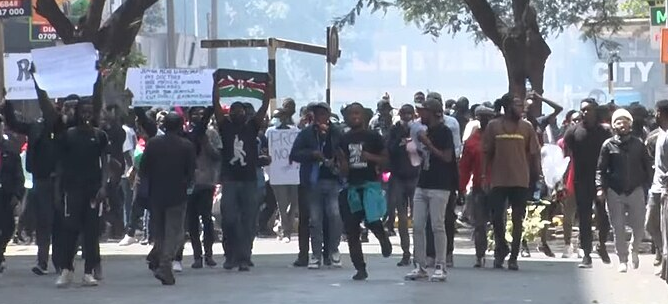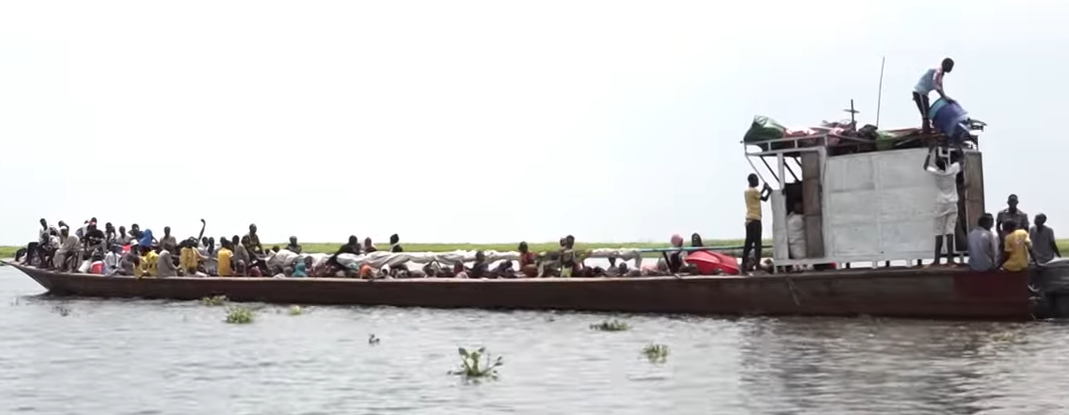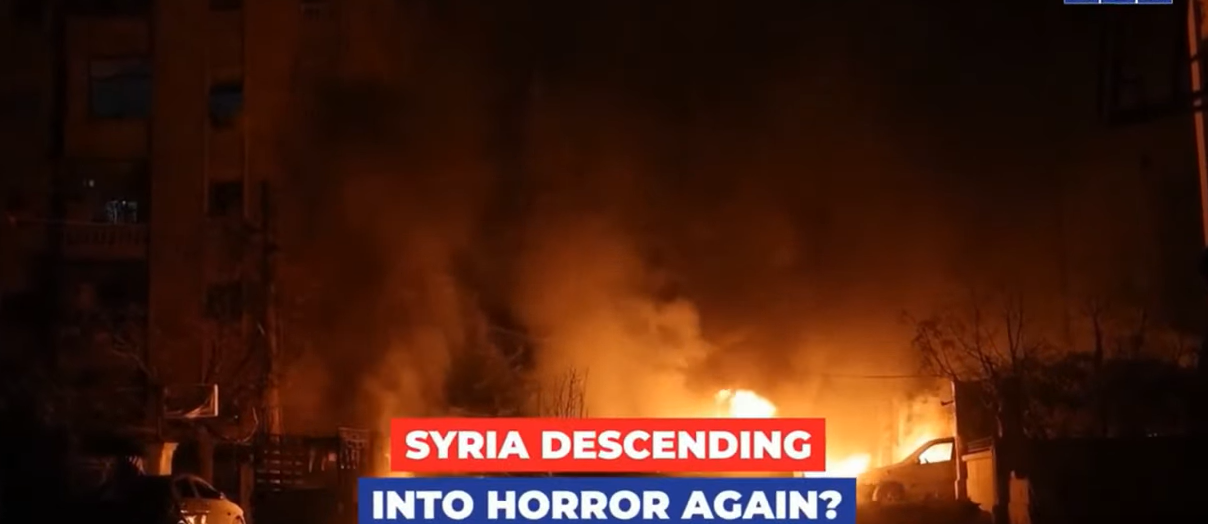Dolwe Island is arguably one of Uganda’s little known tourist gems. This Island East of Lake Victoria in Namayingo district is home to fascinating paintings that are said to have been in existence for between 300 to 500 years ago., on a little known Island East on Lake Victoria in Namayingo district, ancient Islanders painted rocks with maroon colors that have lived to date.
To touch the paintings, one travels three to four hours by boat from Bwondha landing site in Mayuge district. A three or four hour journey ride by boat from Mayuge district will take you the Islands that host both the Luo from Kenya and Ugandans. The paintings in maroon on Dolwe Island portray shapes of beings unknown to the current inhabitants of the land land. who comprise mostly the Jaluo from Kenya and Ugandans from different parts of the country.
Chief Nyamulolwe, a JaLluo from Kenya died at the age of 98 and was buried many years ago on the Island. He lived to tell visitors about the wonders of the Island. He was among the first Inhabitants of the Island who contributed to naming the rocks and art, thus the Island is called Lolwe to mean flats, depicting the nature of rock formations while the Basoga in Uganda insist the name is Dolwe, to mean the same.
Most of the inhabitants are the Jaluo from Kenya who named villages according to the shapes of the rocks and other features on the Island. The Baganda, Itesot, Langi, Basoga, Acholi and Banyankole are among the current inhabitants of the Island who have built homes and set up businesses in quest to develop the area.
Chief Nyamulolwe, a Jaluo from Kenya died at the age of 98 and was buried many years ago on the Island. He lived to tell visitors about the wonders of the Island. He was among the first Inhabitants of the Island who contributed to naming the rocks and art, thus the Island is called Lolwe to mean flats, depicting the nature of rock formations while the Basoga in Uganda insist the name is Dolwe, to mean the same.
“It is not Dolwe but Lolwe, a Kenyan word to mean a flat because of the nature of the rocks. The Kenyans named the places according to happenings and features. There is Kandege (a plane), Golofa (flat building), Singira (moving), Mwango, Bukangawa among others. There are fourteen villages here.” Sheik Juma Said, cChairman of the rocks explains.
SaidJuma was close to the Nyamulolwe family. The community elected and entrusted him with the role of care taking the paintings that are being distorted by residents who also use their own modern paints to write on the rocks. The Kiswahili, Luganda and Lusoga writings are legible evenwhere as the ancient paintings have hardly been interpreted by the locals.
“The rock paintings in there are permanent. However much you scrub them, they cannot go. We wonder what kind of paint they used.” Says JumaSaidi. He adds;
“Paintings done by the locals can easily be washed by rain. Some are writing on the ancient painting.”
According to Juma, the locals discovered the rock paintings about 40 years ago when they resettled on the Island after tse tse fly infestation that made the then government of Milton Obote depopulate the area. An aerial spraying was done.
Paintings and writing on the rocks has since become a way of advertisement for business men and artisans who resettled on the Island. Juma fears that if it is not controlled, such paintings can erase the historical paintings when modern paint is applied on them.
58-year-old Paul Lando Juma, a Jaluo from Kenya has lived on the Island since 1973. He told our reporter that the rock paintings could have been done by their forefathers who lived before they were depopulated from the Island. Dolwe Island thus derives its name from the fascinating rock art in shape of flat buildings and paintings that remains little known to the rest of the world.
In November, 2017, an Italian tourist set out to understand the paintings and camped at the Island for two days. Juma who could not remember the name of the tourist says he was unable to interpret the paintings. All he saw according to Juma Said were the shapes and stripes that he could not make sense of.
Juma says he is not benefiting from those who came to view the rock art and paintings on his land. Thus he wants to fence off his land, put a gate, for tourists to pay him before he opens for them to gain access.
“People are disturbing me here every time trespassing on my land leaving me with nothing. I want to fence my land so that I can get even 1,000/= from people like you who come to see these rock paintings.” Juma tells our reporter.
John Bosco Nyembeza is the chairman Local Council three of Dolwe Sub County. He says the rock paintings and art fascinate the locals to worship their gods under them.
“There are about 7 shrines where the rock paintings exist. The locals don’t talk of the rock art or paintings, they come to praise their gods.” Nyembeza adds;
“Everybody goes to the rocks for their own will. The big stone sitting on a smaller stone without falling off or breaking is a wonder to them. That is what makes people praise their gods there.”
Nyembeza is disappointed that the world knows little about the natural beauty bestowed upon the Island that could be a source of revenue to the country. He laments that only 5 tourists visited the Island in 2017 to take pictures and marvel without much contribution to the development of the community of over 35,000 people living on the Island who lack basic social services like health care and poor transport consisting of wooden boats on the lake to the landing sites.
“Those who look at the pictures on the internet fear to come here because of the canoes and size of boats we use for transport to this Island. We do not have vehicles, only bicycles and boda boda.” Says Nyembeza.
The journey to Dolwe Island from Bwondha landing site by motorized boat is three to four hours on calm waters. It costs 20,000/= to and from the Island while a journey on the police marine boat or fibre boat costs more than 350,000/= including the cost of petrol to run the engine.







